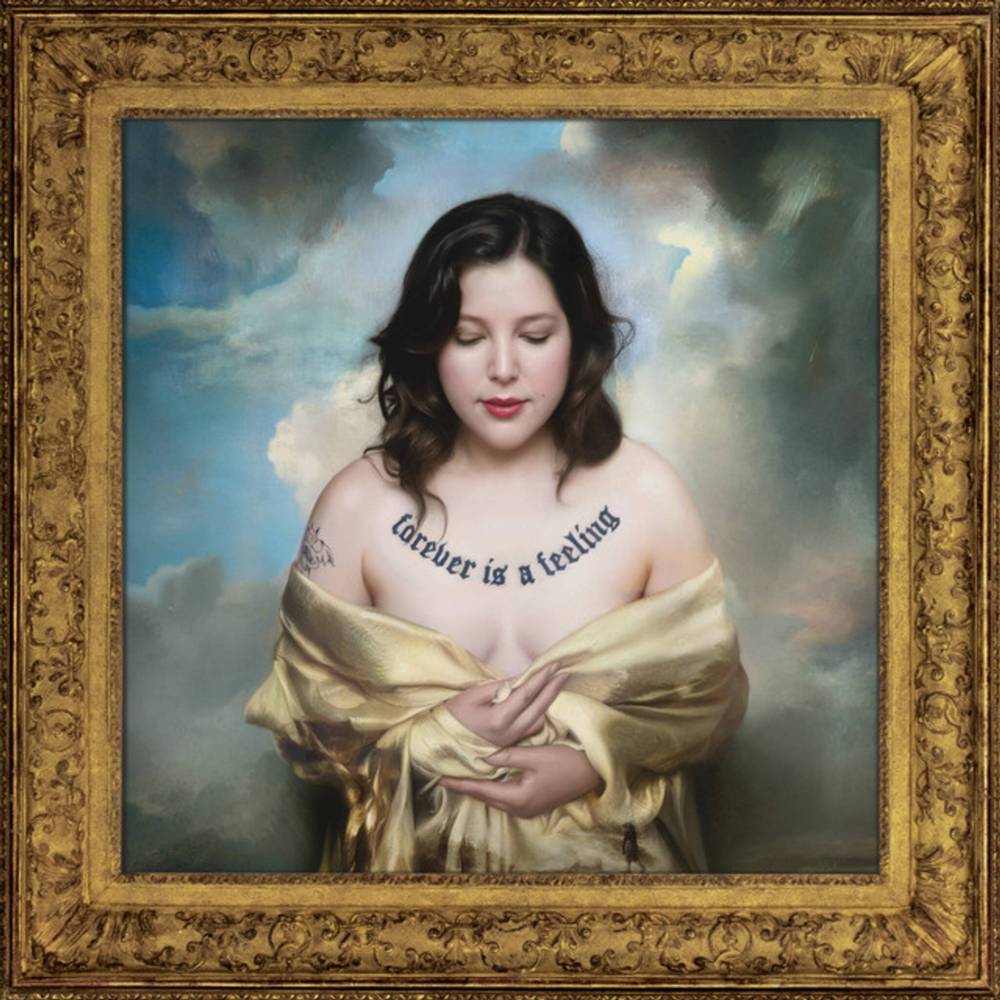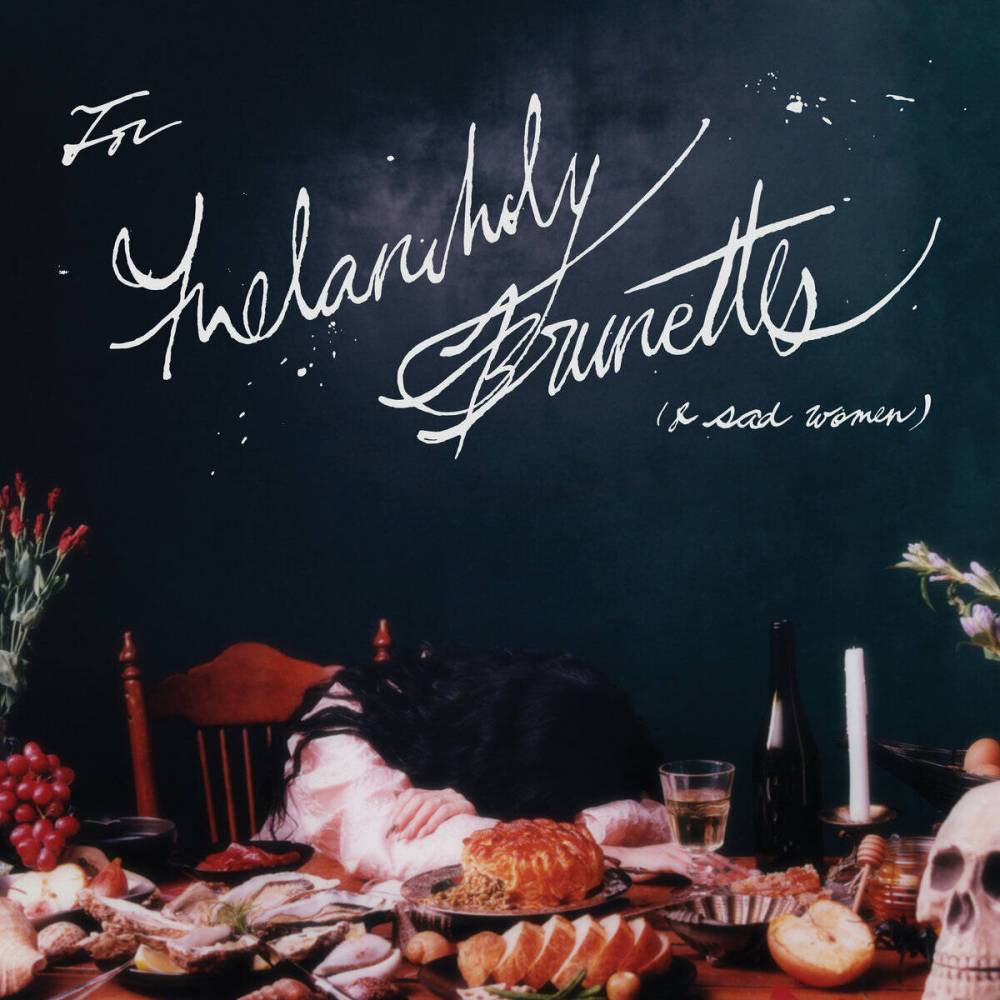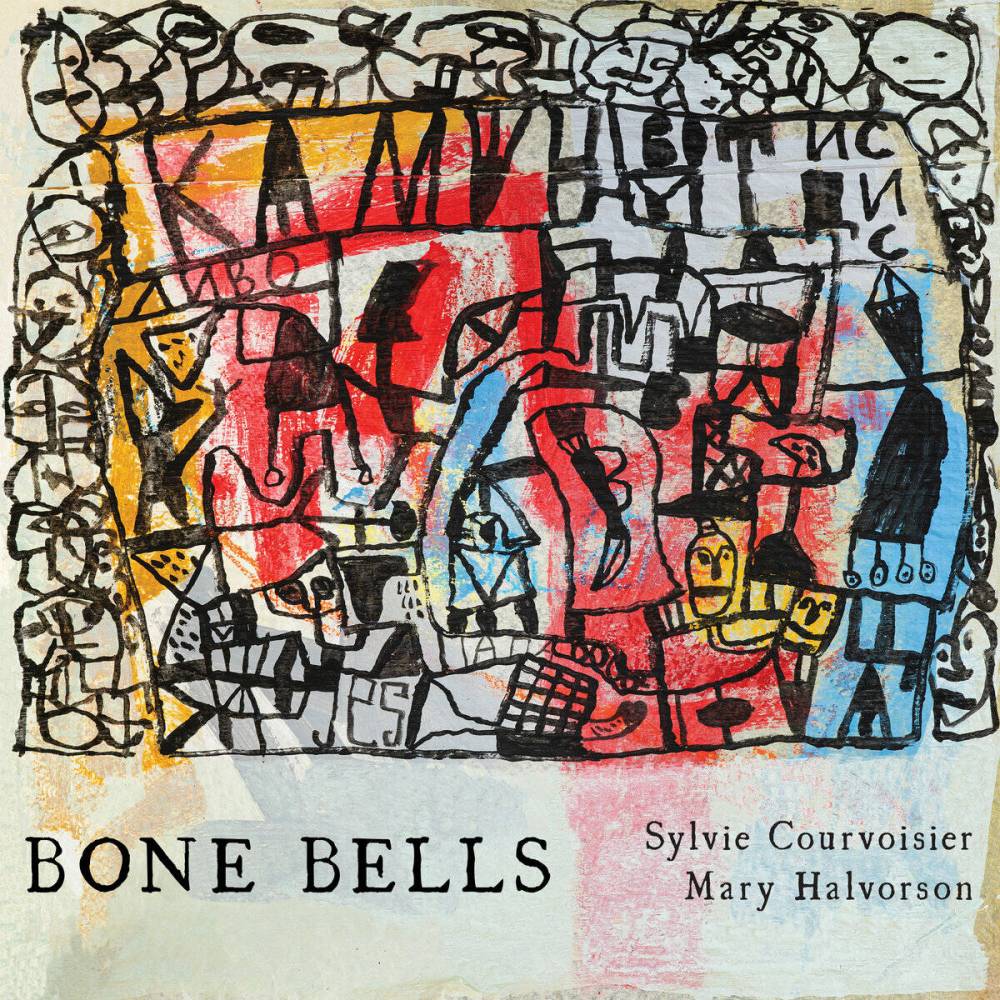New music: Lucy Dacus, Japanese Breakfast, Mumford & Sons, Sylvie Courvoisier & Mary Halvorson, Cello Tango
Advertisement
Read this article for free:
or
Already have an account? Log in here »
To continue reading, please subscribe:
Monthly Digital Subscription
$1 per week for 24 weeks*
- Enjoy unlimited reading on winnipegfreepress.com
- Read the E-Edition, our digital replica newspaper
- Access News Break, our award-winning app
- Play interactive puzzles
*Billed as $4 plus GST every four weeks. Offer only available to new and qualified returning subscribers. Cancel any time.
To continue reading, please subscribe:
Add Winnipeg Free Press access to your Brandon Sun subscription for only
$1 for the first 4 weeks*
*$1 will be added to your next bill. After your 4 weeks access is complete your rate will increase by $0.00 a X percent off the regular rate.
Read unlimited articles for free today:
or
Already have an account? Log in here »
ROCK
Lucy Dacus
Forever is a Feeling (Geffen)

Since Lucy Dacus confirmed that she and Boygenius bandmate Julien Baker are in a committed relationship, reaction from the online clickworld threatens to overshadow the fact she has released a new album. Forever Is a Feeling is Dacus’s first solo effort since 2021’s Home Video, a project that delved into her journals and the experiences of her teen and college years. This record is a thus a life update from the other side of her Grammy-winning stardom with Boygenius — from adulthood, essentially. Both in her music and her clever, yearning lyrics, Dacus doubles down on her confessional folk-pop style, adding baroque strings and mellow synth touches to acoustic-guitar-based odes to love and romantic idealization. As ever, she fully explores the insecurity of vulnerability yet inevitably chooses to dive in, headlong. ★★★½ out of five
Stream: Big Deal; Ankles; Best Guess
Japanese Breakfast
For Melancholy Brunettes (& sad women) (Dead Oceans)

Japanese Breakfast singer and main songwriter Michelle Zauner has resurfaced from the other side of a journey that began in 2021 with both her indie band’s breakthrough album, Jubilee, and the publication of a bestselling memoir, Crying in H Mart. On this record’s centrepiece, the gently loping Picture Windows, Zauner turns the phrase “all of my ghosts are real” into a bright, melodic refrain, underscoring the idea that expressing fear and doubt is perhaps her most endearing quality as a writer and lyricist. Yet this isn’t a sad collection of personal songs — Zauner’s characters are rueful, even regretful, but their stories are set to a beautiful suite of music that explores the many facets of indie rock and pop. They even embrace castanets, Latin tempos — and Jeff Bridges — along the way. ★★★½ out of five
Stream: Orlando in Love; Little Girl; Picture Window.
— John Kendle
FOLK
Mumford & Sons
Rushmere (Glassnote)
In the 2010s, Mumford & Sons’ stomp-clap rock ruled. The English band had not just ushered in a new wave of bluegrass Americana revivalism, they’d created a movement.
Then life happened: the COVID-19 pandemic caused delays, banjoist and lead guitarist Winston Marshall left the band and frontman Marcus Mumford released a solo album. Now a trio, Mumford & Sons are back with their fifth studio album and first in nearly seven years, Rushmere.

It’s a familiar-feeling record — of course there are banjos — with instantly recognizable folk instrumentation reinforced by swelling vocals. In that way, it detours slightly from their last offering, 2018’s Delta, with its electronic interludes. Instead, Rushmere directly embraces the band’s folk heritage.
It’s both a return-to-home and an exercise in ambition. Opener Malibu begins with muted percussion and acoustic guitar strums, raising the question: is this going to be a quiet, introspective record?
Marcus Mumford’s voice comes in, then piano, then the stacked vocal harmonies, then the banjo. The song’s texture gets richer and richer, and the question answers itself. This is the foot-tapping M&S that originally fuelled the band’s popularity, beginning with its 2009 debut Sigh No More.
The album grapples with weighty issues such as truth, hypocrisy and lies all while tapping into the band’s folk roots. Allusions to Christianity crop up, but Mumford doesn’t dwell too much on metaphor; instead, these songs are refreshingly transparent.
The album is not a band attempting to reinvent the wheel. Bluesy bass and electric guitar make Truth the most rock ’n’ roll song on the album, and it stands out all the more because it follows the finger-picking ballad Monochrome.
Across 10 tracks, Rushmere feels short but full, a satisfying contrast and a welcomed return for fans — and anyone open to their folky existentialism. ★★★½ out of five
Stream: Truth; Rushmere
— Mike Catalini, The Associated Press
JAZZ
Sylvie Courvoisier & Mary Halvorson
Bone Bells (Pyroclastic)
This is the third collaboration from pianist Sylvie Courvoisier and guitarist Mary Halvorson. They note that while coming from different musical histories, they have created a wonderful collective improvisational charisma. This is more and more apparent with each release.

Both are solidly parts of the adventurous jazz movement. Halvorson’s distinct sound blends beautifully with the full and more “classically” based style of Courvoisier. Both can play with stunning melodic grace while switching into flights of wild swirling dissonances.
The music reflects that diversity and familiarity; it also adds at times an air of frivolity that is more pronounced than on previous albums. There are powerful tracks with serious mien, such as the mournful title track, referencing a phrase from a Pulitzer Prize-winning novel by Argentine-American author Herman Diaz.
Esmeralda has Courvoisier flying around in crashing arpeggios while Halvorson offers plucked-note accompaniment. The many unison melodic statements, as in Folded Secret, are hugely effective. Nags Head Valse is a goofily off-kilter waltz that references a London pub. Float Queen has a complicated melody that dissolves into increasingly divergent paths.
John Cleese would no doubt approve of Silly Walks, a hilarious tribute to the classic Monty Python skit. Beclouded is perhaps the most dynamic track, with mood changes and a melody that opens into wildly spinning solos that are simply stunning.
There are many excellent duet albums in jazz. The obvious reality is that in duet mode, there is no place for either musician to hide. When the joint mindset is present, magic happens. There is magic here from two wonderfully gifted musicians. It is a full-on treat. ★★★★½ out of five
Stream: Bone Bells; Beclouded
— Keith Black
CLASSICAL
Cello Tango
Ophelie Gaillard (Aparte)
Internationally renowned cellist Ophelie Gaillard takes a deep dive into the sultry world of Argentine tango on the followup to her albums Alvorada and Canto da sereia.
The versatile musician, who has also helmed baroque ensemble Pulcinella Orchestra for 20 years, joins forces with guest artists/arrangers Juanjo Mosalini and William Sabatier (bandoneons); Tomás Bordalejo (guitar); singers Nahuel di Pierro, Inés Cuello and Agnès Jaoui; and members of the Debussy Quartet on 26 re-interpretations of her favourite hits and lesser-known gems.

Highlights include, naturally, many of the requisite Piazzolla offerings, including the iconic 20th-century composer’s Viaje de bodas and Maria de Buenos Aires, the latter excerpt from the same-titled opera showcasing the smoky, flexible vocals of Cuello, whose innate dramatic sensibility infuses her storytelling with passion.
Others are Piazzolla’s Vayamos al Diablo, with Gaillard displaying her fierce artistry including visceral swipes at her cello, as well as Pugliese’s Negracha that opens the album with a bang.
However this crossover recording is not merely a recreated musical museum of tango. For the more adventurous, Gaillard treats listeners to her own striking, highly dissonant solos of Ginastera’s Punena No. 2, Op. 45, as well as Pampeana No. 2, Op. 21 III, among others, that lends freshness while pushing the genre’s limits.
It almost goes without saying that Piazzolla’s La Cumparsita will find a home on any tango playlist, with Gaillard and Bordalejo’s relatively restrained, albeit still daring choice of a cello/guitar arrangement somewhat surprising. While there will always be purists who prefer the fiery zest of a bandoneon as the lead instrument, the duo’s more hushed tones, while still maintaining the piece’s overall rhythmic thrust, instil greater intimacy into this immortal classic born in the brothels of Argentina. ★★★★½ out of five
Stream: Negracha; La Cumparsita; Maria de Buenos Aires
— Holly Harris






